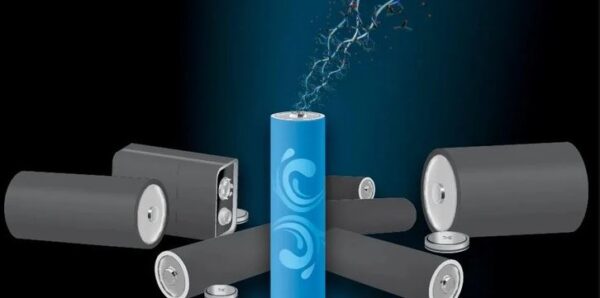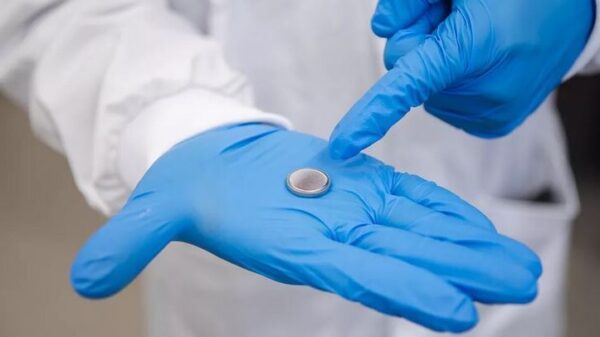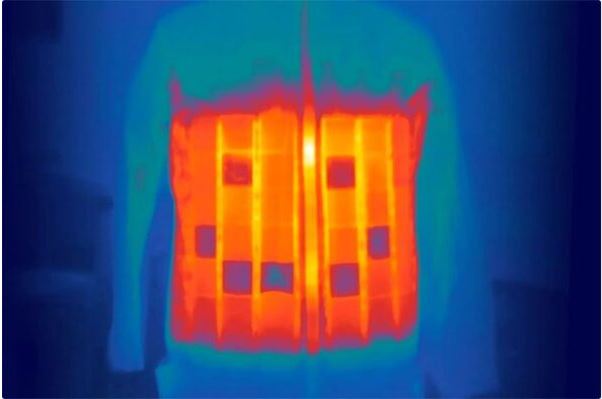This type of battery is extremely safe, capable of replacing current traditional batteries on electronic devices.
Recently, RMIT University in Australia has developed a new type of battery that is charged with water (water battery). Researchers are currently trying to develop a safer alternative to the lithium-ion, lead-acid batteries currently popular on the market.
Water batteries have some salt added in place of traditional electrolyte liquids such as sulfuric acid or lithium salts to allow current to flow between the battery’s anode and cathode. In initial testing, this water battery was able to retain 85% of its capacity after 500 charging cycles.
Prototypes developed to date include button cells and cylindrical cells such as traditional AA and AAA batteries.
The project’s leader, RMIT University chemical scientist Tianyi Ma, says the simplicity of their manufacturing process will make mass production much easier. Water batteries are safe to use and recycle when necessary, solving end-of-life disposal challenges that plague current energy storage technology.
Some methods to ensure safety when using batteries
In the immediate future, water batteries still have to go through a long time to perfect before being introduced into everyday life. So following some of the following rules can help you ensure safety while using current batteries.
– Do not leave phones/electronic devices/batteries in high temperatures
– Do not use phones/electronic devices/batteries while charging
– Do not use non-genuine battery charging accessories











